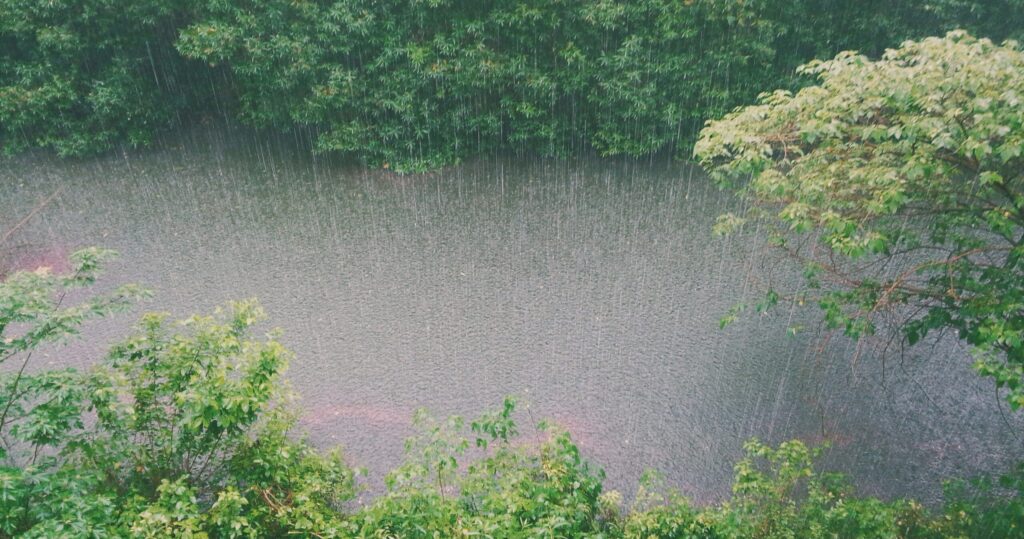We discuss the topic of those cool fluffy things in the sky so frequently you might accuse us of having our heads in the clouds. But we respond that they’re very important. The last few years have been, on average, pretty warm (notwithstanding the winter and spring we just had) and it has scientists puzzled because their vaunted models didn’t predict it and they don’t attribute it to greenhouse gases. Moreover it boosts the overall warming since 2000, notwithstanding the hiatus, to a level that doesn’t seem to fit with greenhouse theory. A likely explanation, as we’ve pointed out, is the decline in global cloud cover since 2000. Clouds reflect incoming sunlight away from the surface and help cool the climate and even a small reduction in total cloud cover has a big effect on overall warming. The latest addition to the topic is a new study by a NASA-led team that looked not only at the total amount of cloud cover but the types and locations of the changes. And they managed to shed some sunlight on this misty topic.
The authors began by noting that there are certain zones where a lot of storm clouds form, mainly in the tropics and midlatitudes. And these areas have been shrinking over time. So it’s not just that there are fewer clouds; the boundaries of the zones where storm clouds tend to form have also been shrinking by 1.5% to 3% per decade since 2000. This phenomenon has caused a corresponding reduction in total cloud cover and their associated cooling properties which didn’t just contribute to recent warming, it rather than CO2 or “greenhouse gases” more generally is the dominant contributor:
“The present study shows that, due to the contraction of the world's storm cloud regimes, the general circulation shift component constitutes the dominant term of the recent increase in absorbed solar radiation and provides a crucial missing piece in the puzzle of the 21st century radiative warming and the large heat anomaly of 2023.”
So global warming is natural, right? Not so fast. The unanswered question, and it’s one that definitely needs to be answered, is whether the clouds went away through natural causes or due to greenhouse warming.
If the latter, the decline in cloud cover is a strong positive feedback: a little greenhouse warming chases the clouds away and results in a lot of overall warming and therefore we do face a crisis with tipping points and a runaway effect. But if it’s the former, a lot of the warming scientists have been blaming on CO2 is due to natural changes in clouds and the human influence is minimal.
So at this point, half a century into the panic and yelling about “settled science”, we literally don’t know if greenhouse gases are a big contributor to warming or not important at all.
So heads in the clouds? You bet.



A study of early hominids has found that they understood the role of clouds on climate change. This groundbreaking study has found strong evidence that suggests on hot days, they would often stand in the shade.
As mentioned earlier please read Nicolov and
Zeller's 2023 paper that analyses NASA's CERES
data. Reduced cloud albedo explains all 21st century warming.
Isn’t the feedback on which the models rely supposed to increase the amount of water vapour in the atmosphere?
An increase of greenhouse gases best explains the actual pattern of 60% of the warming since 1975: Mainly warmer "nights" (TMIN).
Less air pollution since 1980 is a cause of warmer days.
A smaller percentage of cloud cover might explain some of the daytime warming in the past 25 years too. The percentage of cloud cover is only an inaccurate proxy of what we really want to know: Which is the global average TSI blocked by clouds over many decades. Those data do not exist.
A reduction in cloud cover alone should result in warmer days and cooler nights.
That has not been the pattern of warming since 1975.
Ceres cannot accurately distinguish between radiation changes caused by cloud cover and air pollution. The percentage change of cloud coverage in the past 25 years is also most likely less than the margin of error in the measurements.